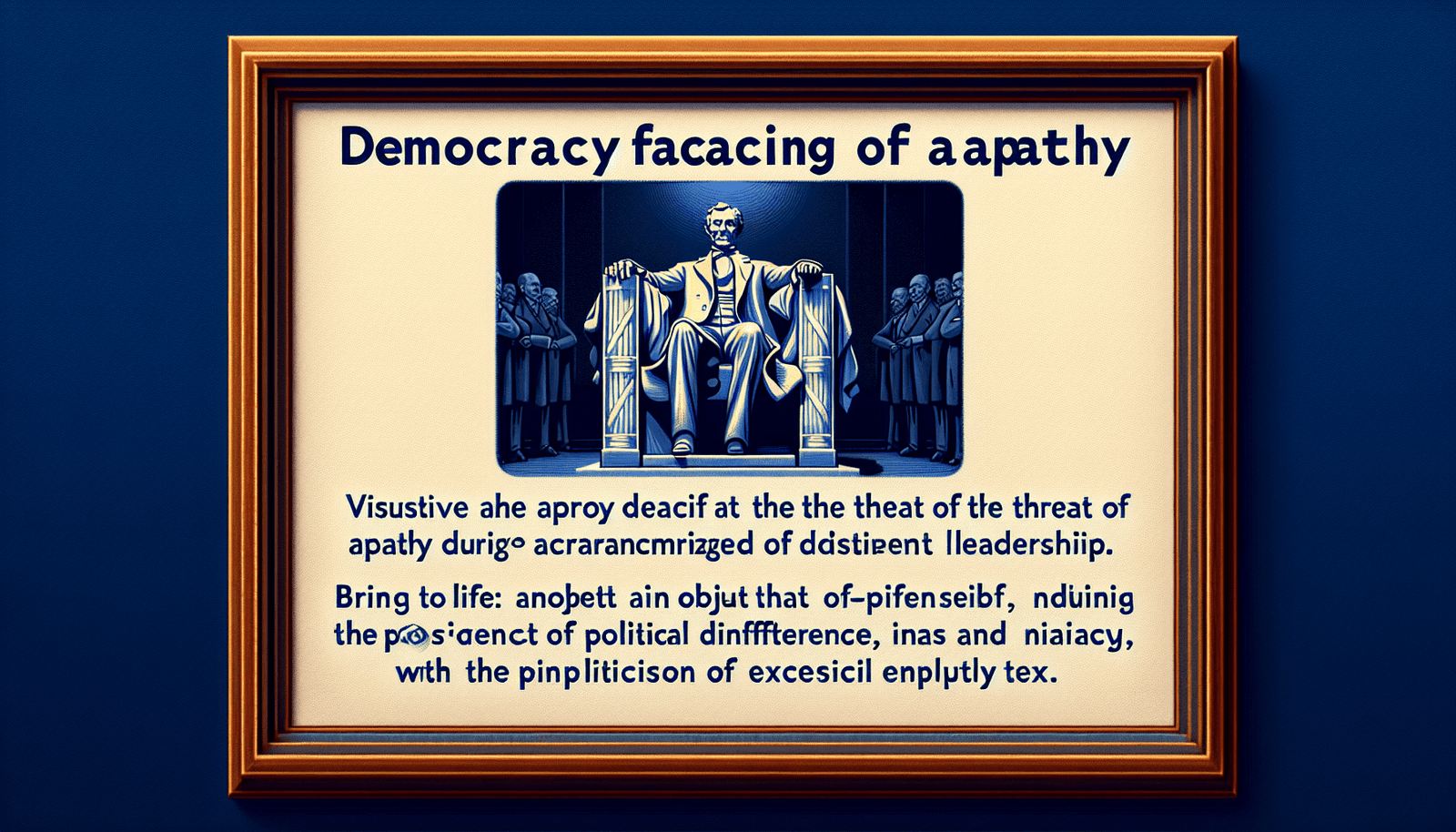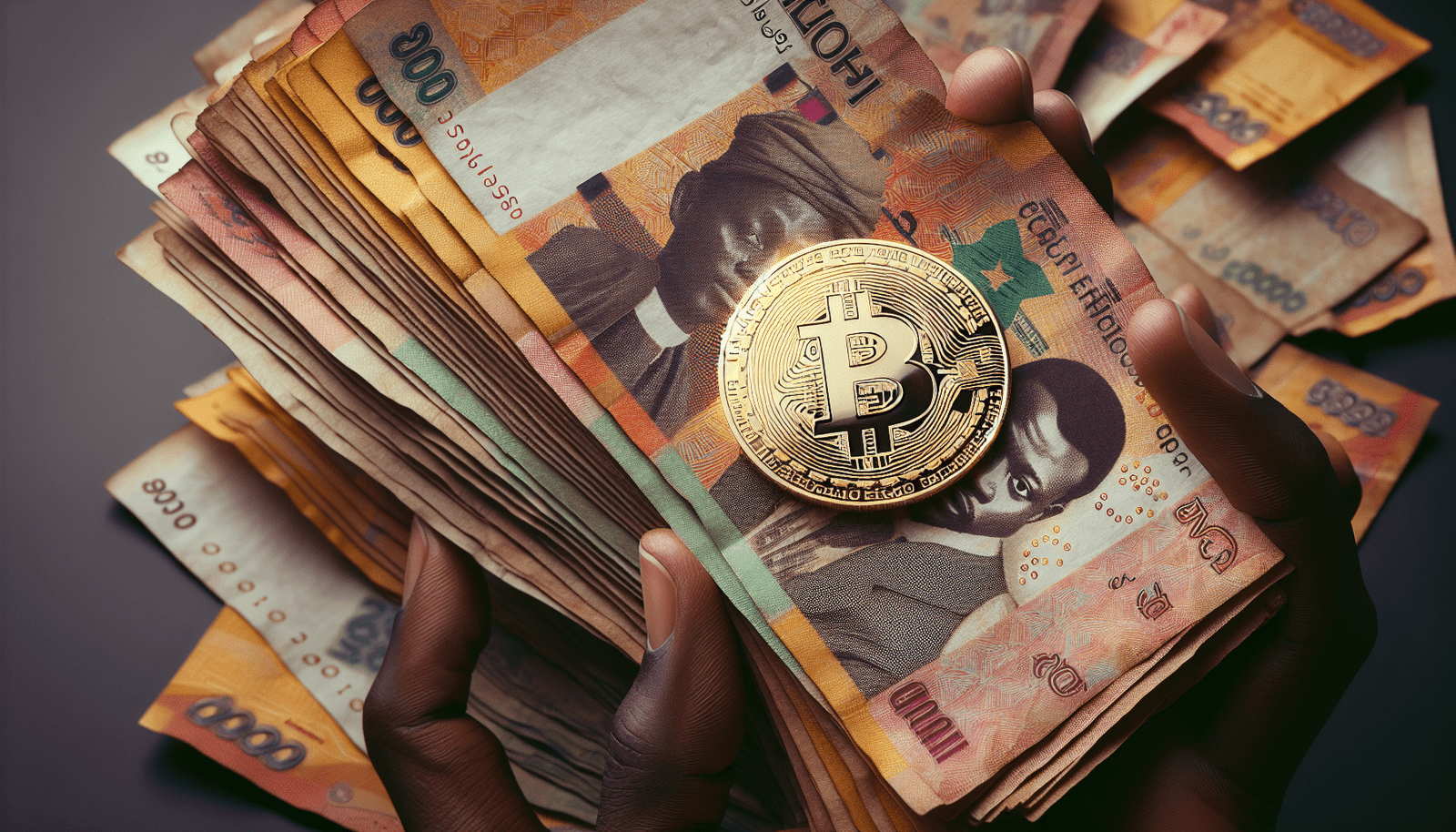TRM Labs Report: Tether’s USDT Facilitated Illicit Activities
April 1, 2024 | by stockcoin.net

TRM Labs, a leading provider of cryptocurrency compliance and intelligence solutions, recently published a report shedding light on Tether’s USDT and its involvement in illicit activities during the year 2023. According to TRM Labs, USDT emerged as the preferred stablecoin for individuals and organizations engaged in illegal transactions within the cryptocurrency space. Tether’s involvement in facilitating illicit activities presents a concerning challenge for regulators and law enforcement agencies striving to maintain the integrity of the digital asset ecosystem. This report highlights the urgency for increased oversight and regulatory measures to counteract the illicit use of stablecoins like USDT.
Key Findings
USDT usage in illicit activities
The use of Tether’s USDT in illicit activities has seen a significant increase in recent years, according to a report by TRM Labs. This stablecoin has become a preferred choice for criminals due to its easy accessibility and ability to maintain a stable value.
Popular illicit use cases
The report highlights several popular use cases for USDT in illicit activities. These include money laundering, darknet market transactions, and ransomware payments. Criminals are leveraging the anonymity and seamless cross-border transactions offered by USDT to facilitate their illegal operations.
Growth of illicit activities involving USDT
The study reveals a disturbing trend of the growing involvement of USDT in illicit activities. The ease of use, liquidity, and global acceptance of this stablecoin make it an attractive option for criminals seeking to engage in illegal financial transactions. It has become imperative to address the surge in illicit activities involving USDT to safeguard the integrity of the cryptocurrency market.
Introduction to Tether and USDT
Overview of Tether
Tether is a leading cryptocurrency company that issues and manages the USDT stablecoin. Founded in 2014, Tether has gained prominence in the cryptocurrency ecosystem for providing a digital asset pegged to the value of traditional fiat currencies, such as the U.S. dollar. Tether aims to facilitate seamless transactions, increase liquidity, and provide stability in the highly volatile cryptocurrency market.
Explanation of USDT
USDT, also known as Tether, is a stablecoin issued by Tether Limited. It operates on the Ethereum blockchain and serves as a digital representation of traditional fiat currencies. Each USDT token is designed to maintain a 1:1 peg with the corresponding fiat currency it represents, ensuring stability in value despite market fluctuations.
Significance of USDT in the cryptocurrency market
USDT has emerged as one of the most widely adopted stablecoins in the cryptocurrency market. Its market capitalization has skyrocketed in recent years, reflecting the growing demand for a stable digital asset. USDT facilitates seamless transactions, provides a hedge against market volatility, and serves as a popular trading pair on many cryptocurrency exchanges.
Methodology
Data collection process
The report by TRM Labs utilizes a comprehensive data collection process to analyze the involvement of USDT in illicit activities. This process involves monitoring blockchain transactions, analyzing patterns, and utilizing advanced financial analytics tools to identify suspicious and potentially illegal activities. The data collected is then subjected to rigorous analysis to derive meaningful insights.
Analytical techniques used
To understand the extent of USDT’s involvement in illicit activities, the study employs advanced analytical techniques. These techniques include link analysis, transaction tracing, and machine learning algorithms to identify and connect various entities involved in illegal transactions. Through these techniques, the report aims to unveil patterns and behaviors that may indicate the misuse of USDT by criminals.
Limitations of the study
It is important to acknowledge the limitations of this study. The report relies heavily on publicly available data and may not capture all instances of illicit activities involving USDT. Additionally, the analysis is based on patterns and correlations, which may not always directly imply illegal behavior. Furthermore, the report’s findings are restricted to a specific time period and may not reflect the current state of USDT’s involvement in illicit activities.
USDT’s Role in Illicit Activities
Increased usage of USDT in illegal transactions
The report reveals a concerning increase in the usage of USDT in illegal transactions. Criminals are drawn to USDT due to its liquidity, global acceptance, and ability to facilitate rapid cross-border transfers. The ease with which USDT can be acquired and moved makes it an attractive tool for criminals looking to launder money or conduct illicit transactions while evading detection.
Comparison with other stablecoins
While USDT is not the only stablecoin used in illicit activities, its widespread adoption and liquidity make it a preferred choice for criminals. Other stablecoins may lack the same level of liquidity or acceptance, limiting their appeal in illegal transactions. USDT’s dominance in illicit activities is a reflection of its market position and widespread usage in legitimate transactions as well.
Risks associated with USDT usage
The increasing involvement of USDT in illicit activities poses significant risks for the cryptocurrency market. These risks include reputational damage, potential regulatory crackdowns, and increased scrutiny from law enforcement agencies. Moreover, the illicit use of USDT undermines the trust and transparency that are critical for the long-term viability of stablecoins and the broader cryptocurrency ecosystem.
Popular Illicit Use Cases
Money laundering
USDT has become a popular tool for money laundering due to its seamless cross-border transfer capabilities and relative anonymity. Criminals can use USDT to move funds quickly and easily across different jurisdictions, making it challenging for authorities to trace the origin and destination of the funds. This enables them to obscure the illicit origins of their funds and integrate them into the legitimate financial system.
Darknet market transactions
Darknet markets thrive on anonymity and concealment. USDT’s integration within these markets has made it a preferred medium of exchange for purchasing illicit goods and services anonymously. The stability and relative ease of use offered by USDT attract both buyers and sellers on these platforms, providing a convenient avenue for illegal transactions.
Ransomware payments
Ransomware attacks have become increasingly prevalent, and USDT has emerged as a favored method for making ransom payments. Criminals demand payment in USDT due to its ease of use and global acceptance. The use of USDT in ransomware payments enables criminals to quickly and discreetly receive funds, further incentivizing ransomware attacks and the proliferation of cybercriminal activities.
Lack of Regulatory Oversight
Challenges in regulating USDT
The decentralized nature of cryptocurrencies poses significant challenges for regulatory authorities. USDT, in particular, raises concerns due to its potential for misuse in illicit activities. Regulators face difficulties in identifying and tracking transactions involving USDT, as well as enforcing anti-money laundering (AML) and know-your-customer (KYC) regulations. The anonymous nature of cryptocurrency transactions adds an additional layer of complexity to regulatory efforts.
Regulatory efforts and their impact
Regulatory authorities have recognized the need to address the growing involvement of USDT in illicit activities. Efforts to enhance transparency and regulatory oversight are underway, with measures such as increased AML and KYC requirements for cryptocurrency exchanges. However, the impact of these efforts is yet to be fully realized, and further collaboration between regulators and industry stakeholders is needed to effectively mitigate risks associated with USDT usage.
Need for stricter regulations
Given the magnitude of the risks posed by USDT’s involvement in illicit activities, there is a pressing need for stricter regulations. These should focus on enhancing transparency, enforcing AML and KYC requirements, and establishing mechanisms for regulatory oversight. Stricter regulations will not only deter criminals from exploiting USDT but also foster confidence and trust among investors and legitimate users of stablecoins.
Tether’s Response and Accountability
Tether’s stance on illicit activities
Tether has publicly acknowledged the challenges posed by the misuse of its stablecoin in illicit activities. The company has reiterated its commitment to combatting such misuse and emphasizes the importance of collaboration between the cryptocurrency industry, law enforcement agencies, and regulatory authorities. Tether recognizes the need to uphold the integrity of its platform and protect the interests of its legitimate users.
Measures taken to address misuse
Tether has implemented various measures to address the misuse of USDT. These include enhanced AML and KYC procedures for onboarding new users, increased transparency through regular attestations of reserves, and cooperation with law enforcement agencies in investigating and combating illicit activities. Tether’s efforts demonstrate a proactive approach to addressing the challenges associated with the use of USDT in illicit transactions.
Calls for greater transparency and audits
Despite the measures taken by Tether, calls for greater transparency and independent audits of the company’s reserves have persisted. Critics argue that without external verification, trust in Tether’s stability and legitimacy may be compromised. Greater transparency and regular audits would provide reassurance to users and the broader cryptocurrency market, helping to bolster confidence in the integrity of USDT.
Implications for the Cryptocurrency Market
Impact on investor confidence
The involvement of USDT in illicit activities poses significant implications for investor confidence in the cryptocurrency market. Investors may become wary of engaging with cryptocurrencies due to the potential risks associated with stablecoins like USDT. The negative perception stemming from the illicit use of USDT could undermine the market’s growth and hinder the broader adoption of cryptocurrencies.
Potential market repercussions
The growing involvement of USDT in illicit activities could lead to severe market repercussions. Increased regulatory scrutiny, potential restrictions on the use of stablecoins, and negative media coverage could adversely affect the value and liquidity of USDT. This could have a spillover effect on the broader cryptocurrency market, causing instability and volatility in trading patterns.
Importance of trust and transparency in stablecoins
The illicit use of USDT highlights the critical importance of trust and transparency in stablecoins. To maintain the integrity of the cryptocurrency market, stablecoin issuers must prioritize these principles. Establishing mechanisms for regular audits, enhancing regulatory oversight, and fostering collaboration between industry stakeholders are crucial steps towards building trust and ensuring the responsible use of stablecoins.
Recommendations
Enhanced regulatory framework
To address the risks associated with the involvement of USDT in illicit activities, an enhanced regulatory framework is imperative. Regulators should work towards establishing clear guidelines, enforcing robust AML and KYC regulations, and harmonizing global standards across different jurisdictions. A comprehensive regulatory framework will deter criminals and provide a secure environment for legitimate users of stablecoins.
Greater transparency and audits
To bolster trust and confidence in stablecoins like USDT, greater transparency and independent audits are essential. Stablecoin issuers should regularly disclose their reserves, undergo third-party audits, and provide detailed reports on their operations. Increased transparency and audits will help verify the stability and legitimacy of stablecoins, mitigating concerns about illegal activities and strengthening investor confidence.
Collaboration between industry stakeholders
Addressing the challenges associated with the misuse of USDT requires collaboration between cryptocurrency industry stakeholders, law enforcement agencies, and regulatory authorities. This collaboration should involve sharing information, best practices, and insights to facilitate the development of effective solutions. By working together, industry stakeholders can proactively identify and mitigate risks associated with USDT usage, ensuring the long-term sustainability and integrity of the cryptocurrency market.
Conclusion
Summary of key findings
The TRM Labs report highlights the alarming increase in the use of Tether’s USDT in illicit activities. The prevalence of money laundering, darknet market transactions, and ransomware payments involving USDT underscores the need for immediate action to address this issue. The lack of regulatory oversight, potential market repercussions, and implications for investor confidence necessitate a comprehensive response from both the cryptocurrency industry and regulatory authorities.
Final thoughts on the issue
The involvement of USDT in illicit activities raises significant concerns about the integrity and stability of the cryptocurrency market. It demands a multi-faceted approach, including enhanced regulatory measures, greater transparency, and collaboration among industry stakeholders. By proactively addressing the misuse of USDT, the cryptocurrency ecosystem can foster trust, protect investors, and ensure a sustainable future for stablecoins.
Potential future developments
As regulators and industry stakeholders continue to address the challenges associated with USDT and the illicit activities surrounding it, significant developments can be expected. These may include stricter regulations, enhanced auditing practices, and the emergence of new mechanisms to mitigate risks. The future of stablecoins hinges on successfully tackling the misuse of USDT and ensuring trust, transparency, and accountability within the cryptocurrency market.

RELATED POSTS
View all





